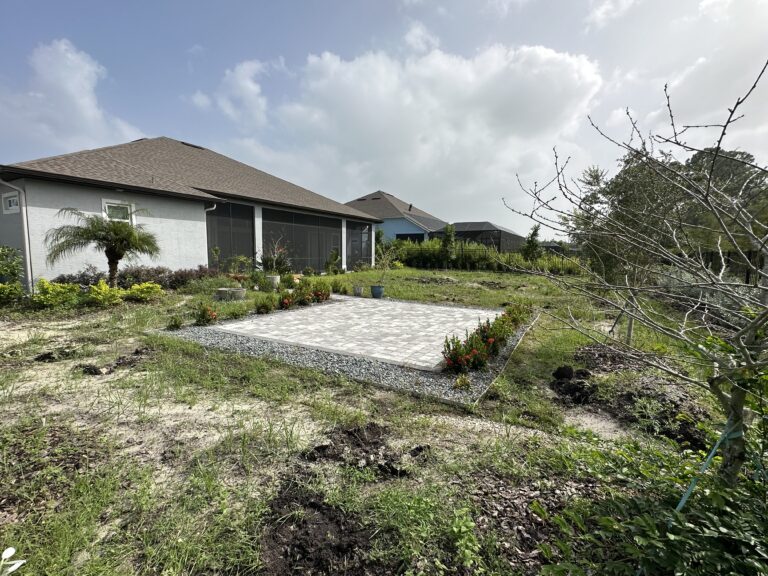
Exotic Designs Landscaping started a YouTube channel to document the process of eliminating torpedo grass from a very large property. Check out this first short video in a series of eight! Our first video shows the extent of the damage caused by the torpedo grass. This is not for the faint of heart! The labor was intensive, but the outcome was spectacular. From concept to completion, you can count on Exotic Designs Landscape Services!
We will keep you posted on new videos uploaded in this short but informative series that will address the excessive water retention in the back yard along with the eradiation of the existing torpedo grass. We also set the stage to have the best chance for success against future torpedo volunteers. We can’t wait to share this transformation with you!

The next problem to be solved was the property has a very high water table. Drainage was installed and the downspouts were tied in to minimize the amount of water retained in the yard. The developer had recently built houses on either side with topography much higher than our clients property causing the water from both sides to drain into our client’s yard. It was not a good situation when we were already dealing with such a high water table. You will notice in the brief video, both sides of the property have been mounded to keep the neighbors’ water runoff out of our client’s property and be diverted to the rear of the property swale. This helps the landscape material not to have “wet feet” which is simply too much water for the plant material
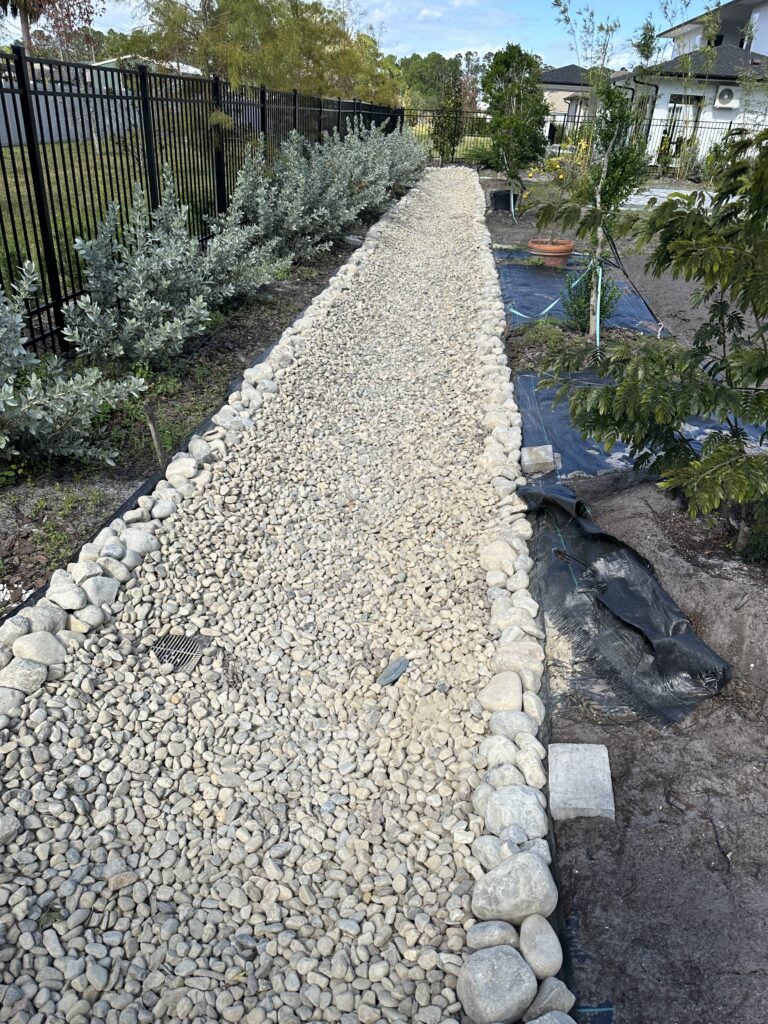
The next or third phase of our process was installing the dry bed to allow for the French drains to have somewhere to drain into. Normally, this would not be necessary to add into the landscape. Being the water table was so high, and the swale in the back yard filled to capacity even after modest amount of rain, this was essential as a first line of defense for drainage. The goal was to also make it esthetically pleasing as well as functional. In subsequent videos/images, you will see how we added a few native plants to break up the bed of aggregate but keep the apearance very clean looking.
After the process of cutting the torpedo grass rhizomes into smaller pieces, we were able to rake out all of the remaining pieces and remove all of the larger pieces that could pose a returning threat. It would be ridiculous to think that we removed all of the cut pieces, but we know, that when they are smaller and not as deep in the ground, they have less of a chance of surviving when treated in future herbicidel applications.

With the torpedo grass finally removed, we moved onto the sod installation and the landscaping. A bamboo barrier was added to keep the bamboo contained in a diameter we desired (even clumping bamboo will spread over time). With commercial grade weed barrier laid down in the areas we were landscaping, we started moving in the 55+ yards topsoil to build up the areas for landscaping. This was done due to the high water table and wanting to have citrus in the landscape areas, citrus along with most landscape material hate to have wet feet.
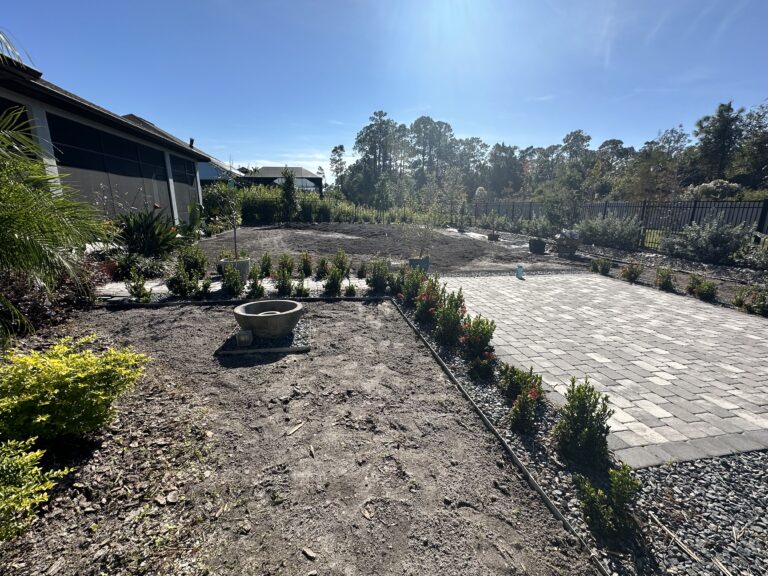
Torpedo grass is removed and we have installed the Pro Vista sod. This is a University of Florida tested sod that is herbicide resistant. If new torpedo grass emerges, and it is certain to re-emerge, the client now has the ability to target and eradicate the invasive species.
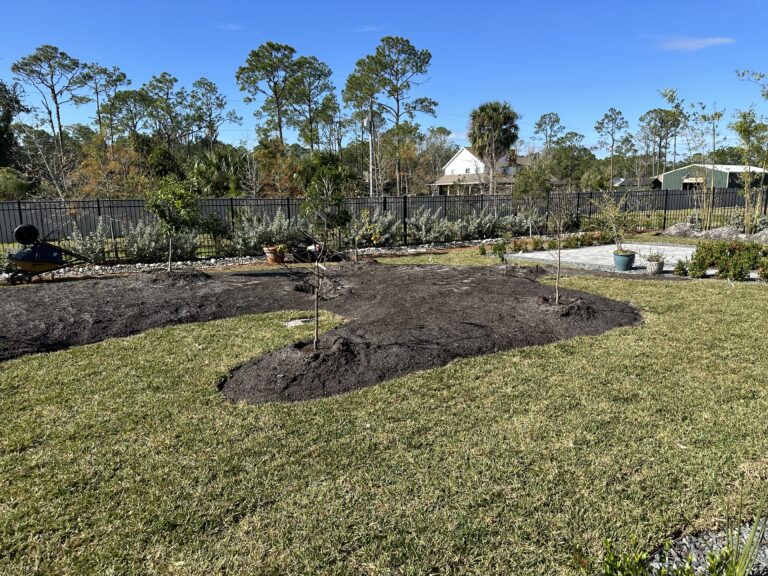
You can use roundup until the proverbial cows come home and yet you still will not have gotten rid of torpedo grass with their long runners. We have worked on projects that have torpedo grass throughout the lawn areas. Torpedo grass is not as noticeable when you keep your lawn very short. When it moves into the landscaped beds, it is very noticeable. We install deep barriers with decorative edging to keep the torpedo from reentering. We the manually remove the invasive grass as we trace the grass throughout its route in the landscape bed. The torpedo actually traversed from the grass area into the landscape five plus feet under commercial grade weed barrier. Only occasional sprigs of torpedo appeared through the weed barrier. The emerged torpedo was treated, but the rest of the runner was alive and well underneath the weed barrier. This is the only process that can truly give the landscape bed (and the homeowner) a fighting chance at eliminating torpedo in landscape bed.
This video is an example of wasting time trying to lay down weed barrier without removing the torpedo grass rhizome first. Herbicides only will reach so far into the ground of the root system. The rhizome simply starts new growth merely inches away from treatment. We have had great success with the removal of the invasive grass, but that is just the beginning of the process. The seeds from your neighbor’s yard will be blown into your yard from wind. The guy cutting your grass will carry it on the blades of the mower to the next job, or even bird droppings can carry this grass. The good news is, once the extensive root systems of the grass are removed, you can treat the grass with the correct process.
The final landscape construction after the removal of invasive torpedo grass with our installed French drainage system to diverte runoff to a dry bed. We have had a great achievement keeping the landscaping areas nice and dry thanks to the carefully placed catch basins. We would like to thank our client, for the patience and willingness to work through what turned out to be a series of case studies; and ultimately having a beautiful project coming to a successful close!
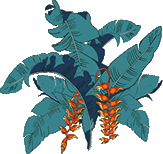
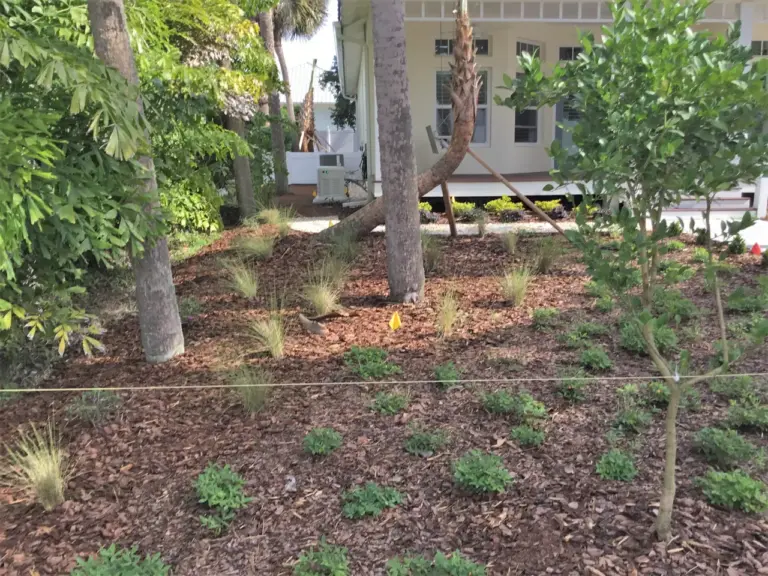
Nice work! Torpedo is the worst and you really got at it and turned it into a Florida Friendly Landscape!